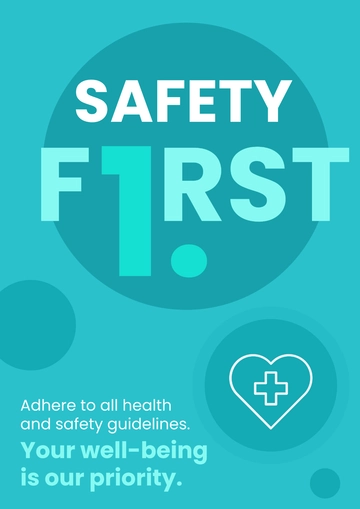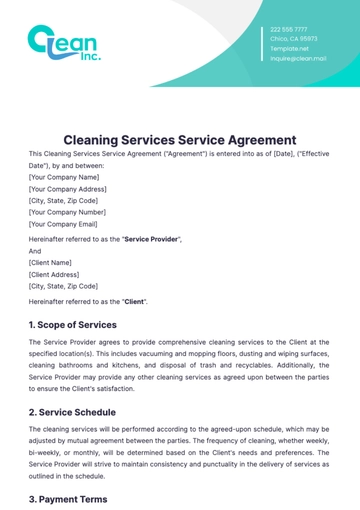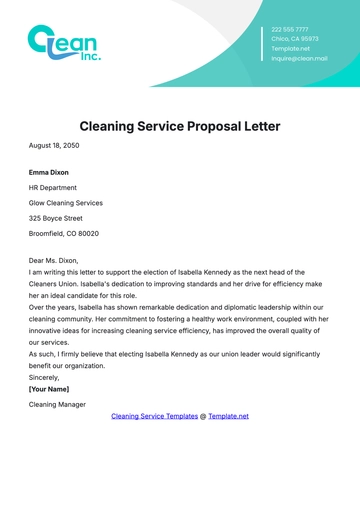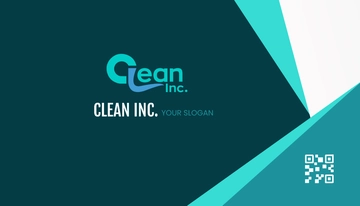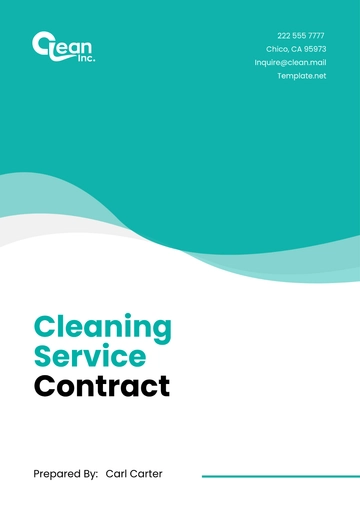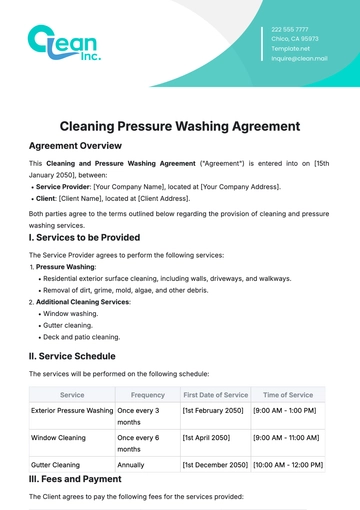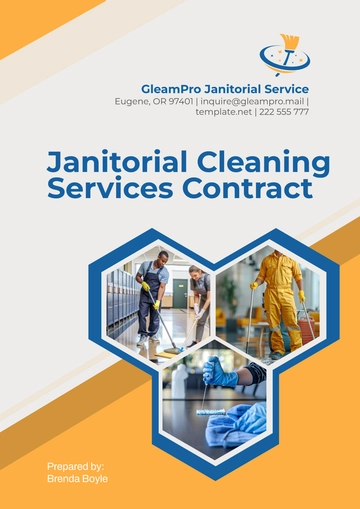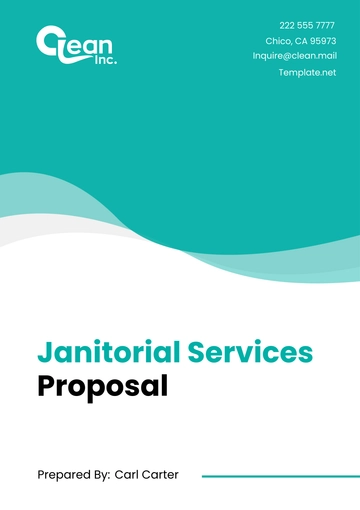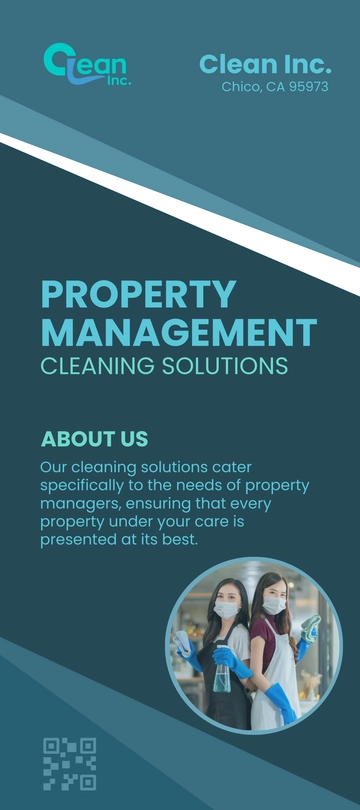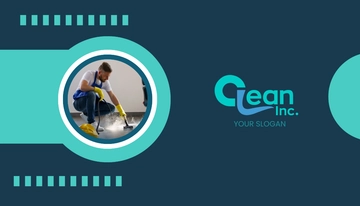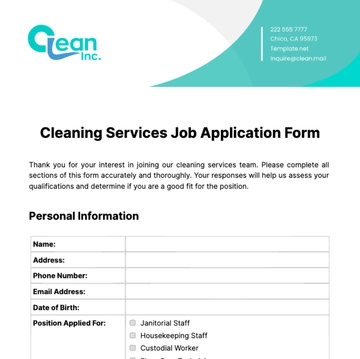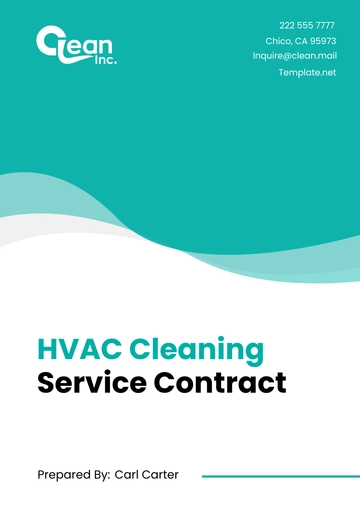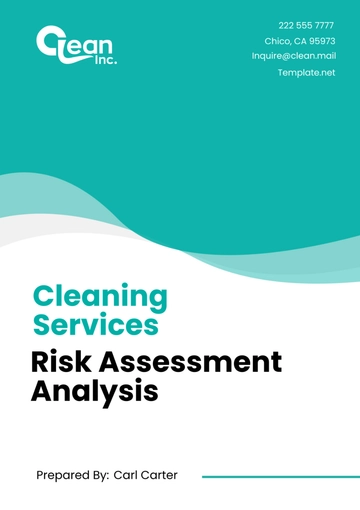Free Cleaning Services Legal SOP for Dispute Resolution
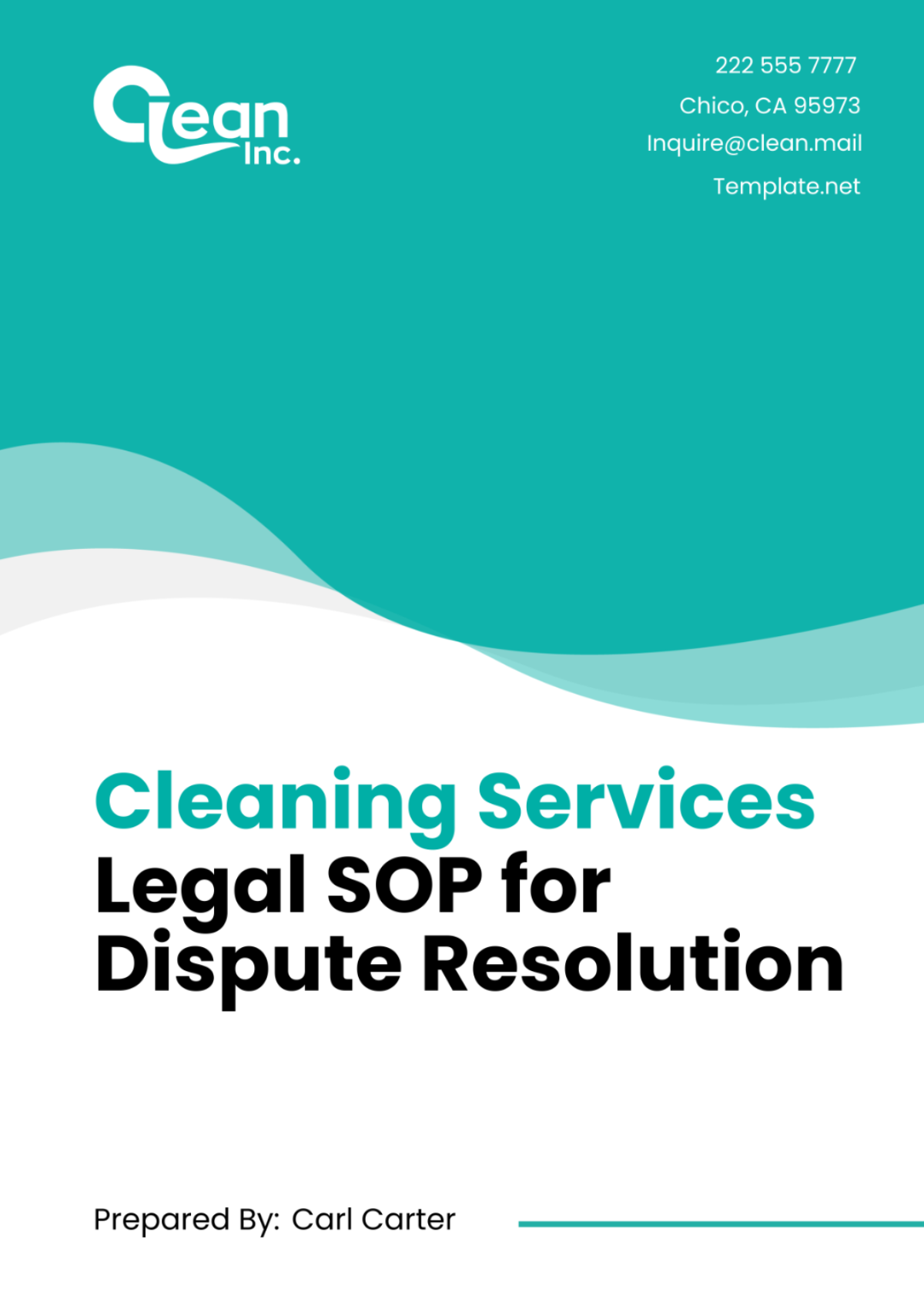
Our Dispute Resolution Standard Operating Procedure (SOP) is meticulously designed to address and mitigate conflicts swiftly and fairly, ensuring the preservation of trust and satisfaction among all parties involved. By instituting a structured approach to identifying, reporting, and resolving disagreements, we aim to maintain the highest standards of service and workplace harmony. This section outlines the critical steps and protocols for effectively handling disputes, from their identification to their final resolution, demonstrating our commitment to transparency, fairness, and confidentiality.
1. Identification of Dispute
The initial step in our dispute resolution process involves the precise identification of the conflict. Parties involved are required to report the issue to the designated Dispute Resolution Officer (DRO) or their immediate line manager without delay. This report must include a clear and comprehensive description of the disagreement, incorporating all pertinent details to facilitate an accurate understanding of the matter. Ensuring confidentiality from this early stage is paramount, as it protects the interests and privacy of all involved parties.
1.1. Reporting and Documentation
Upon the identification of a dispute, it is imperative that a formal report is compiled and submitted to the DRO. This documentation should encapsulate all relevant information, including the nature of the dispute, parties involved, and any evidence or documentation that could support the resolution process. The DRO is responsible for maintaining these records securely, ensuring they are accessible only to those directly involved in the dispute resolution process.
Field | Description | Instructions |
|---|---|---|
Dispute Identification Number | A unique identifier for each dispute case. | Automatically generated upon report submission. |
Date of Report | The date when the dispute was reported. | Fill in the date of reporting: [MM-DD-YYYY] |
Reported By | Name of the individual reporting the dispute. | Include full name and job title. |
Contact Information | Contact details of the reporter. | Provide [Your Email] and [Your Number]. |
Parties Involved | Names and positions of all individuals involved in the dispute. | List all relevant parties, including job titles. |
Nature of Dispute | A detailed description of the dispute. | Describe the conflict, including what happened, where, and when. |
Evidence and Documentation | Any documents, communications, or other forms of evidence that support the report. | Attach or list any relevant documents, photos, emails, etc. |
Desired Outcome | The reporter's perspective on a satisfactory resolution. | Describe what resolution would be acceptable. |
Signature | Confirmation of report accuracy. | [Your Signature] |
DRO Review Notes | Initial comments or observations made by the Dispute Resolution Officer upon review. | To be filled by the DRO after initial report review. This may include immediate actions taken. |
1.2. Resolution Process
The resolution process is tailored to address the specific nature and complexity of each dispute. It begins with a thorough review of the submitted report and evidence by the DRO, followed by mediation sessions if deemed necessary. Throughout this process, the DRO will facilitate dialogue between the parties, aiming to reach an amicable resolution. Should mediation fail to resolve the dispute, formal proceedings or external arbitration may be considered, adhering strictly to legal standards and organizational policies.
Stage | Description | Instructions |
|---|---|---|
Initial Review | The DRO's first assessment of the dispute based on the report and attached evidence. | DRO to summarize key points and initial thoughts on resolution path. |
Mediation Session Scheduled | Date and time for a mediation session between the parties involved, if applicable. | Set a meeting [Date] and [Time], ensuring all parties can attend. |
Mediation Outcome | Summary of the mediation session's results. | Document whether an agreement was reached and the details of that agreement. |
Further Actions Required | Additional steps required if mediation does not resolve the dispute. This could include formal proceedings or external arbitration. | List any further actions, including deadlines and responsible parties. |
Resolution Formalization | Documentation and formalization of the dispute resolution, including any agreements reached or actions taken. | Provide detailed descriptions of the resolution, including signatures from all parties involved. |
Follow-Up | Scheduled follow-up to ensure the resolution has been implemented and is satisfactory to all parties. | Set a follow-up [Date] to review the effectiveness of the resolution. |
Case Closure | Final notes on the dispute resolution process, including confirmation that the case is resolved and can be closed. | DRO to confirm case closure and file all documentation securely. |
2. Preliminary Assessment
Entrusted to the judgment of our Dispute Resolution Officer (DRO) or line managers, this stage involves a meticulous appraisal of the dispute's gravity and complexities. It discerns the most fitting resolution pathway, distinguishing between disputes that can be amicably resolved through informal discussions and those necessitating a formalized investigation or external mediation. This discernment ensures a tailored, effective approach to each unique situation, embodying our commitment to fairness, efficiency, and the maintenance of professional harmony.
2.1. Assessment Criteria
At this phase, the DRO or line manager evaluates the dispute against a set of predefined criteria designed to gauge its severity, impact, and the potential for amicable resolution. Factors such as the nature of the complaint, the parties involved, any precedent, and the potential repercussions on the organization's operations are meticulously analyzed. This thorough evaluation guides the decision-making process, ensuring that the chosen course of action aligns with the best interests of all parties and the organization.
Criteria | Description | Evaluation Method |
|---|---|---|
Nature of the Complaint | The specific details and context of the dispute, including the issues raised and the demands made. | Review of the initial report and any supplementary evidence or documentation provided. |
Parties Involved | Identification of all individuals and entities involved in the dispute. | Analysis of the roles and relationships of the parties to understand the dynamics of the conflict. |
Precedent | Any previous similar disputes within the organization and their outcomes. | Examination of organizational records and past dispute resolutions for relevant precedents. |
Potential Impact | The possible effects of the dispute on the organization’s operations, reputation, and workplace morale. | Assessment of the dispute's scale and its potential to disrupt or harm the organization's function. |
Resolution Potential | The likelihood of achieving an amicable resolution through informal or formal processes. | Evaluation based on the nature of the complaint, parties' positions, and openness to dialogue. |
2.2. Decision on Course of Action
Following the initial assessment, a decisive course of action is selected based on the dispute's classified severity and nature. Minor disputes may be directed towards informal resolution methods, encouraging direct dialogue between the parties involved under the guidance of the DRO or a designated mediator. Conversely, disputes identified as complex or severe are escalated to formal investigation procedures or third-party mediation, where a structured and impartial process seeks to resolve the issue.
Decision Point | Action | Criteria for Selection | Next Steps |
|---|---|---|---|
Informal Resolution | Encourage direct dialogue between parties under DRO or mediator guidance. | Minor disputes with high potential for amicable resolution. | Schedule mediation session. Provide guidelines for constructive communication. |
Formal Investigation | Initiate a structured investigation into the dispute. | Disputes with significant implications or where facts are contested. | Assign an investigation team. Outline the scope and timeline of the investigation. |
Third-Party Mediation | Engage an external mediator to facilitate resolution. | Complex disputes or when internal resolution efforts have failed. | Select and brief a third-party mediator. Inform all parties of the mediation process. |
Escalation | Elevate the dispute to higher management or external authorities. | Severe disputes impacting organization-wide operations or requiring legal intervention. | Prepare a comprehensive report for review by senior management or external authorities. |
2.3. Documentation and Communication
Regardless of the chosen path, every decision made during the preliminary assessment is thoroughly documented, including the rationale behind the chosen resolution strategy. This documentation is pivotal, serving as a transparent record that underscores the organization's commitment to fairness and due process. Furthermore, clear communication with all involved parties about the assessment outcomes and subsequent steps is paramount, ensuring everyone is informed, prepared, and engaged in the resolution process.
Document Type | Contents | Purpose | Distribution |
|---|---|---|---|
Decision Rationale | Explanation of the chosen course of action based on the assessment criteria. | To provide transparency and accountability for the decision-making process. | Internal distribution to relevant parties, ensuring confidentiality. |
Resolution Plan | Detailed plan including steps, responsibilities, and timelines for the chosen resolution method. | To outline the process and expectations for resolving the dispute. | Shared with all parties involved in the dispute and key organizational stakeholders. |
Progress Updates | Regular updates on the status of the resolution process. | To keep all parties informed and engaged throughout the resolution process. | Communicated to all involved parties and, where necessary, to broader organizational units. |
Final Resolution Report | Summary of the dispute, the resolution process, outcomes, and any future preventive measures. | To document the resolution for organizational learning and to inform future dispute resolution efforts. | Distributed to involved parties, stored securely for future reference. |
3. Involved Parties Meeting
The Involved Parties Meeting is a pivotal step in our dispute resolution process, designed to foster open communication and mutual understanding among all parties involved in a dispute. By facilitating a structured dialogue in a supportive environment, we aim to bridge differences and uncover amicable solutions. Here, we detail the comprehensive approach to organizing, conducting, and following up on these crucial meetings, emphasizing the importance of constructive engagement and the pursuit of consensus.
3.1. Meeting Preparation
Aspect | Description | Guidelines |
|---|---|---|
Scheduling | Coordinate a suitable time and date for all parties. | Offer multiple options to accommodate all parties. Set a deadline for responses. |
Agenda Setting | Outline the topics to be discussed, ensuring all parties can contribute items to the agenda. | Share the agenda in advance for feedback. Finalize at least 48 hours before the meeting. |
Pre-meeting Brief | Provide participants with a brief on the meeting's purpose, expected conduct, and any prep work. | Include guidelines on respectful communication and encourage participants to come prepared. |
3.2. Conducting the Meeting
Aspect | Description | Guidelines |
|---|---|---|
Facilitation | Ensure the meeting is guided by a neutral facilitator to maintain focus and fairness. | The facilitator should be trained in conflict resolution and not directly involved in the dispute. |
Participation | Encourage open and respectful dialogue from all parties. | Each party should have an equal opportunity to speak and listen. |
Documentation | Keep detailed notes of discussions, agreements, and any areas of continued disagreement. | Assign a neutral party to document the meeting, ensuring accuracy and confidentiality. |
3.3. Post-Meeting Actions
Aspect | Description | Guidelines |
|---|---|---|
Summary Distribution | Share a summary of the meeting with all participants, including next steps and agreements. | Ensure the summary is sent within 24 hours of the meeting to maintain momentum. |
Follow-Up Scheduling | Arrange follow-up meetings or actions as required based on the meeting's outcomes. | Set clear deadlines and responsibilities for any agreed-upon actions. |
Feedback Collection | Gather feedback on the meeting process to improve future dispute resolution efforts. | Use anonymous surveys to collect honest feedback from all participants. |
4. Mediation
Mediation serves as a crucial phase in our dispute resolution strategy, particularly when direct negotiations between involved parties have not led to a resolution. By engaging a professional mediator, we introduce an impartial expert whose role is to guide discussions, identify underlying issues, and foster an environment conducive to finding a mutually acceptable solution. This process underscores our commitment to fairness, respect, and the value of reaching amicable agreements through constructive dialogue.
4.1. Selection of Mediator
Choosing the right mediator is foundational to the success of the mediation process. Criteria for selection include expertise in the relevant area of dispute, a proven track record of successful mediations, and the ability to communicate effectively with all parties. The mediator must be seen as neutral and command the respect of all involved, ensuring that the mediation process is approached with trust and openness.
Criteria | Description | Evaluation Method |
|---|---|---|
Expertise | The mediator’s knowledge and experience in the specific area of dispute. | Review mediator's credentials, areas of specialization, and relevant case histories. |
Track Record | Proven success in mediating similar disputes. | Assess previous mediation outcomes and client testimonials. |
Communication Skills | Ability to communicate clearly and effectively with all parties. | Evaluate through interviews or references. |
Neutrality | The mediator's ability to remain impartial throughout the process. | Check for any potential conflicts of interest with either party. |
Respect Commanded | The level of respect and authority the mediator holds in the field. | Determine based on professional standing, certifications, and peer reviews. |
4.2. Mediation Process
The mediation process is structured yet flexible, designed to adapt to the specifics of the dispute and the needs of the parties. It begins with an introductory session where the mediator outlines the process, establishes ground rules, and encourages parties to share their perspectives. Subsequent sessions focus on exploring the issues in depth, identifying common ground, and negotiating possible solutions. Throughout, the mediator facilitates dialogue, helps clarify misunderstandings, and guides the parties towards a resolution.
Stage | Description | Activities |
|---|---|---|
Introductory Session | Outlines the mediation process, establishes ground rules, and invites initial perspectives. | Mediator introduction, process overview, and initial statements from parties. |
Issue Exploration | In-depth discussion of the dispute's aspects to identify all relevant issues. | Each party presents their view, facilitated by the mediator. |
Identifying Common Ground | Focus on areas of agreement to build a foundation for resolution. | Mediator helps highlight shared interests and mutual benefits. |
Negotiation and Resolution | Facilitated negotiation of potential solutions, aiming for mutual agreement. | Parties propose and discuss potential solutions with mediator guidance. |
Final Agreement Drafting | Preparation of a settlement document outlining the agreed resolution terms. | Drafting, reviewing, and revising the settlement document with all parties. |
4.3. Agreement and Follow-Up
Once the parties reach an agreement, the mediator assists in drafting a settlement document that outlines the terms of the resolution. This document is then reviewed, agreed upon, and signed by all parties, ensuring that the agreement is binding and actionable. Follow-up meetings may be scheduled to monitor the implementation of the agreement and address any subsequent issues. This final step is crucial in ensuring that the resolution is not only agreed upon but also effectively enacted, sustaining the resolution's long-term success and the parties' satisfaction.
Aspect | Description | Guidelines |
|---|---|---|
Settlement Document | A written agreement that details the resolution terms agreed upon by the parties. | Ensure clarity, legality, and fairness in the document's terms. |
Signatories | All parties involved sign the settlement document, acknowledging their agreement. | Obtain signatures from all parties to formalize the agreement. |
Implementation Monitoring | Regular checks to ensure the agreement's terms are being followed. | Schedule follow-up meetings or communications to review agreement implementation. |
Resolution Effectiveness | Assessment of the agreement's success in resolving the dispute and meeting parties' expectations. | Collect feedback from all parties to evaluate the resolution's effectiveness. |
Addressing Subsequent Issues | Handling any issues arising from the implementation of the agreement. | Agree on a process for addressing future concerns related to the agreement. |
5. Arbitration or Legal Action
In instances where mediation fails to bring about a resolution, the shift towards arbitration or legal action represents a critical juncture in our dispute resolution framework. Entrusted to the discretion of the Dispute Resolution Officer (DRO) or line manager, and informed by professional legal advice, this pathway is pursued with a clear understanding of the applicable laws and the implications for all parties involved. This section elucidates the structured approach to transitioning disputes to more formal resolution mechanisms, ensuring that such decisions are made with judiciousness, transparency, and a steadfast commitment to achieving a just outcome.
Decision-making Process
Before escalating a dispute to arbitration or legal action, a rigorous decision-making process is undertaken. This involves a comprehensive review of the dispute's history, mediation outcomes, and an assessment of the potential benefits and drawbacks of further action. Legal counsel is consulted to understand the legal standing and implications of the case, ensuring that any decision to proceed is grounded in a thorough understanding of applicable laws and the likelihood of a favorable outcome.
Arbitration Procedure
When arbitration is deemed the appropriate course of action, a structured procedure is initiated. This involves the selection of an impartial arbitrator, agreement on the arbitration rules, and preparation for a hearing where both parties can present their case. Arbitration is often sought for its ability to provide a binding resolution in a more private and potentially less adversarial setting than traditional legal proceedings. The process culminates in the arbitrator's decision, which is final and binding on all parties.
Legal Action
Pursuing legal action is a significant step, reserved for disputes where arbitration is not suitable or has been unsuccessful, and where there is confidence in the legal grounds for the case. This path involves formal litigation, with each party presenting their case in court, subject to the rules and procedures of the legal system. The decision to pursue legal action is made with careful consideration of the dispute's complexity, the potential for a definitive resolution, and the impact on the organization and its stakeholders.
Through these mechanisms—arbitration or legal action—our dispute resolution framework ensures that even the most challenging disputes are addressed with a level of seriousness and formality that reflects our commitment to fairness, justice, and the rule of law.
6. Documentation of the Process
From the initial identification of the dispute to its final resolution, every action, decision, and communication is recorded with precision. This comprehensive archival strategy not only serves as incontrovertible evidence of the procedural integrity but also as a valuable resource for learning and refinement in future dispute resolution efforts. By ensuring that every step is documented, we safeguard the interests of all parties involved and reinforce the credibility of our dispute resolution framework.
6.1. Compilation of Records
This phase involves the systematic gathering of all relevant documents, communications, and records generated throughout the dispute resolution process. Each piece of documentation is cataloged according to the stage of the process it corresponds to, ensuring easy retrieval and review.
Document Type | Description | Purpose |
|---|---|---|
Initial Dispute Report | The first formal notification of the dispute, detailing the issue at hand. | Serves as the starting point for the resolution process, outlining the dispute's specifics. |
Mediation/Arbitration Records | Records of any mediation or arbitration sessions, including outcomes. | Documents the efforts to resolve the dispute out of court, noting agreements or impasses. |
Legal Documentation | If applicable, legal filings, court documents, and judgments. | Provides a legal context and records of the dispute's escalation to legal action. |
Communication Logs | All communication between parties and with mediators or legal representatives. | Ensures transparency and provides evidence of the dialogue and negotiations. |
Resolution Documentation | The final agreement or court judgment, along with implementation plans. | Marks the conclusion of the dispute resolution process and outlines the terms of the resolution. |
6.2. Archiving and Access
Once compiled, the documentation is securely archived in a manner that ensures confidentiality while allowing authorized access for review and learning. Access protocols are established to protect sensitive information and to comply with legal and ethical standards.
6.3. Utilization for Improvement
The archived documents are periodically reviewed to extract insights and learnings that can inform improvements to the dispute resolution process. This analysis focuses on identifying patterns, assessing the effectiveness of resolution strategies, and recognizing areas for procedural enhancements.
Through the disciplined documentation of each phase of the dispute resolution process, we not only uphold our principles of fairness and integrity but also empower our organization to evolve and enhance its approach to resolving conflicts. This commitment to detailed record-keeping ensures that we are always prepared to learn from the past and build towards a more harmonious and effective future.
7. Process Review
This essential process, conducted at regular intervals, ensures that our approach remains effective, responsive, and aligned with the highest standards of integrity and professionalism. By critically evaluating the performance, outcomes, and stakeholder feedback related to our dispute resolution efforts, we not only refine our procedures but also reinforce our reputation as a leader in ethical business practices. The Process Review phase is a testament to our dedication to continuous improvement and operational excellence.
7.1. Evaluation Criteria
This section outlines the key metrics and areas of focus that guide our comprehensive review of the dispute resolution process, ensuring a structured and objective evaluation.
Criteria | Description | Measurement Method |
|---|---|---|
Resolution Effectiveness | The success rate of resolving disputes through the SOP. | Analysis of dispute outcomes, resolution times, and parties' satisfaction. |
Stakeholder Satisfaction | The level of satisfaction among all parties involved in the dispute process. | Surveys, interviews, and feedback forms from employees, clients, and partners. |
Process Efficiency | The speed and resource utilization in the dispute resolution process. | Review of timelines, resource allocation, and any procedural bottlenecks. |
Compliance and Legal Alignment | The SOP’s adherence to legal standards and ethical guidelines. | Audit of process compliance with relevant laws, regulations, and best practices. |
7.2. Review Process
The structured approach to conducting the SOP review ensures a thorough and effective evaluation, leading to actionable insights and improvements.
Stage | Description | Activities |
|---|---|---|
Data Collection | Gathering all relevant information and feedback on the dispute resolution process. | Compile dispute resolution records, feedback surveys, and legal compliance reports. |
Analysis | Examining the collected data to assess the SOP’s performance and areas for improvement. | Analyze data against evaluation criteria to identify strengths and weaknesses. |
Recommendations for Revision | Developing specific proposals for refining the SOP based on the analysis. | Draft actionable changes to procedures, training, or resources needed. |
Implementation of Changes | Executing the approved revisions to the SOP. | Update the SOP document, communicate changes, and provide necessary training. |
Monitoring and Feedback | Assessing the impact of the revisions and gathering feedback for future reviews. | Conduct follow-up evaluations and solicit feedback on the implemented changes. |
7.3. Outcomes and Benefits
The outcomes of the Process Review phase directly contribute to the enhancement of our dispute resolution capabilities, ensuring our processes are not only effective but also reflective of our core values. By systematically reviewing and refining our SOP, we achieve greater efficiency, stakeholder satisfaction, and compliance, thereby maintaining our standing as a trusted and principled organization.
Through this diligent review process, we affirm our ongoing commitment to upholding the highest standards of dispute resolution, ensuring that our SOP remains a dynamic tool for achieving fair, timely, and professional outcomes for all parties involved.
- 100% Customizable, free editor
- Access 1 Million+ Templates, photo’s & graphics
- Download or share as a template
- Click and replace photos, graphics, text, backgrounds
- Resize, crop, AI write & more
- Access advanced editor
Our Cleaning Services Legal SOP for Dispute Resolution Template from Template.net is an essential tool for any marketing professional. This editable and customizable template is easily editable in our Ai Editor Tool, and is designed to help streamline communications in times of disputes. With a sleek, professional layout, and room for customizability, this resource promises to empower your legal processes and responses, enthralling users with its seamless user-experience and top-notch efficiency.
You may also like
- Cleaning
- Cleaning Brochure
- Cleaning Checklist Service
- Cleaning Estimate
- Cleaning Flyer
- Cleaning Invoice
- Cleaning Proposal
- Cleaning Quotation
- Cleaning Services Receipt
- Cleaning Services Roster
- Cleaning Schedule
- Cleaning Services Survey
- Cleaning Services Card
- Cleaning Services Banner
- Cleaning Services Form
- Cleaning Contract
- Cleaning Business Card
- Cleaning Services Agreement
- Cleaning Services Poster
- Cleaning Services Plan
- Cleaning Services Letterhead
- Window Cleaning
- Cleaning-Services Logo


